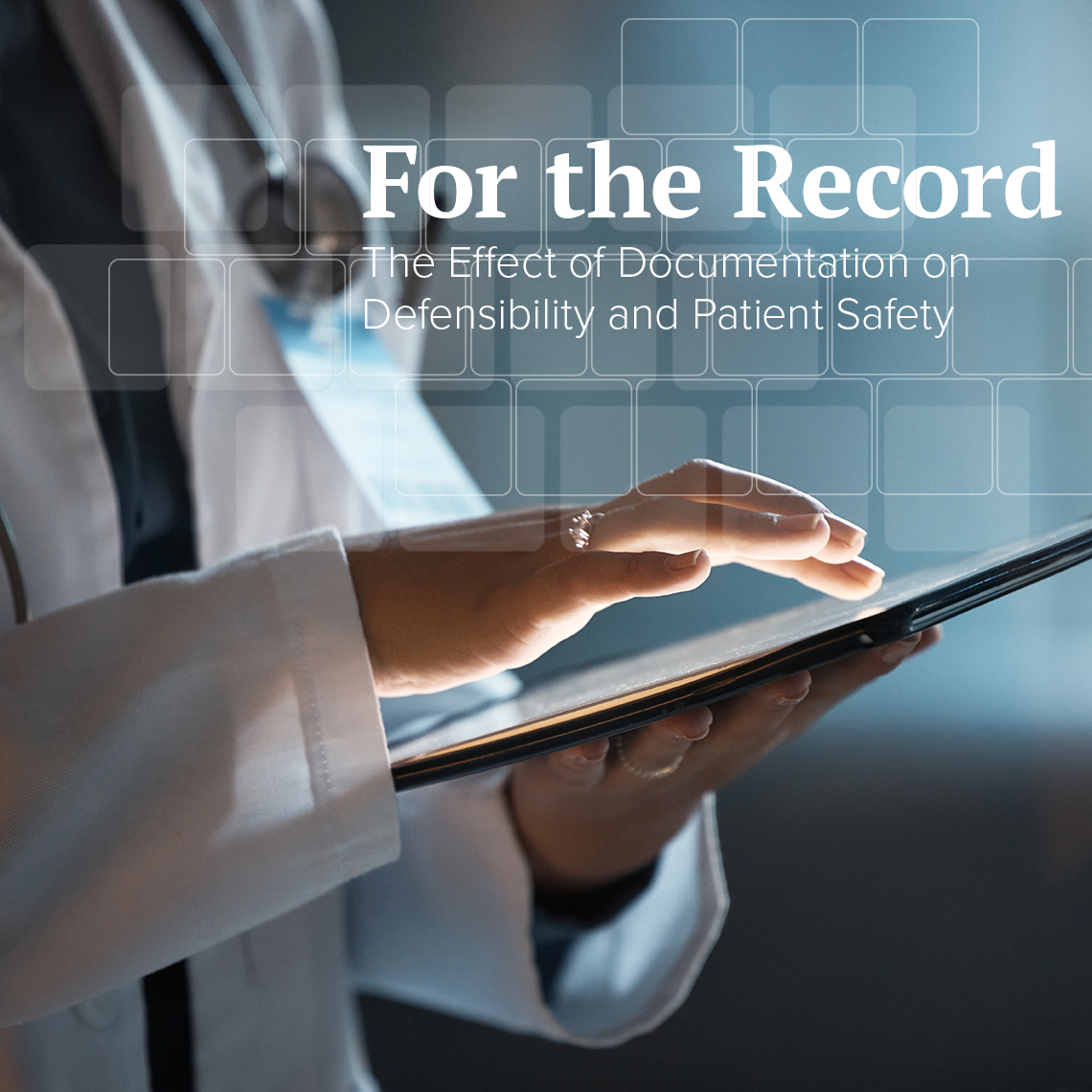Press Releases
Sponsor of the Newly Published SafeCare Study Shares Key Findings and Recommendations
Jan 12, 2023
Results clearly demonstrate a need for better tools, increased measurement of patient harm, and better implementation systems.
Boston—January 12, 2023
Overview
A newly published NEJM study provides an estimation of the level of patient harm in our current inpatient environment, shedding light on the progress of two decades of work focused on reducing patient harm. This landmark study identifies areas of risk and informs a contemporary path toward safer care delivery. The study was led by internationally renowned patient safety expert, David Westfall Bates, MD, and was sponsored by CRICO, the medical professional liability insurer for the Harvard medical community and its affiliated organizations.
Mark E. Reynolds, CRICO President and CEO, served as a contributor to the study. He explains, “We felt that it was time to review the underlying level of harm in our medical system and establish a baseline for future improvement. At a time when patient safety has become a key driver for focusing national attention on health care quality, Dr. Bates’ work will serve as a blueprint for improvement.”
For CRICO, the insights gleaned from The Safety of Healthcare in the Inpatient Setting: The SafeCare Study will provide areas of focus for ongoing patient safety initiatives across its insured organizations. Reporting on frequency and types of harm, the study included data from a cohort of hospitals within the Harvard medical community—all commonly insured by CRICO. The adverse events identified by Dr. Bates and his team represent various instances of harm that were caused by care, of which 22.7% were felt to be preventable. “It is important to track all adverse events, especially because we have been able to prevent many that were not previously thought to be preventable in the past,” commented Dr. Bates. “But the ones that are known to be preventable today are a particularly important target.”
Process and Key Findings
Through review of 2,800 inpatient charts from eleven participating Massachusetts hospitals in 2018, Dr. Bates and his team found at least one instance of an adverse event in 23.6% of patients, nearly one in every four inpatient admissions. The team looked at the frequency of adverse events by leveraging electronic detection technology, the details of which were subsequently reviewed by a team of nurses and doctors. They examined how well electronic triggers prevent adverse events, what kind of dashboards organizations are using, and the frequency of adverse events found.
- Types of Harm: identified by the review showed the highest number of adverse events in:
- Medication-related (39%)
- Surgery/Procedural (30.4%)
- Patient Care, defined as events associated with nursing care, including falls and pressure ulcers (15%)
- Healthcare Acquired Infections (11.9%)
- A smaller number of events occurred in peri-natal/maternal treatment and through reactions to blood transfusion
- Preventability: 22.7% of those were judged to be preventable, and
- Severity: 32.3% had a serious or higher clinical severity
The high instance of drug events (39%) in the SafeCare Study is a good example of how significantly medicine has changed over the past few decades, as well as our ability to identify patient harm. While bar coding, electronic medical record alerts, pharmacy review processes, and safety features of automated dispensing cabinets have improved medication safety, there may be other enhancements to surveillance systems that could detect earlier signals of adverse drug effects in inpatients to help further reduce harm.
Call to Action
For Dr. Bates, the SafeCare Study represents an important follow-up to work conducted in 1984, the Harvard Medical Practice Study (HMPS). The resulting report was the most extensive study to date focused on medical injury and litigation that had been done at that time. Published in 1991, it served as a catalyst for increased analysis of medical error and greatly informed the Institute of Medicine’s “To Err is Human” report, which resulted in increased public awareness of the patient safety problem.
Given how much focus has been placed on improving patient safety in the past 30 years, there was hope that the new results would demonstrate a reduction in patient harm which was not seen. The methods used in 1991 and the current study are different, clinical care has become more complex, and the electronic health record as a source of data is again another variable that limits direct comparisons. What is clear, however, is that despite our medical advances and technologies, patients still experience preventable harm and there is clearly more work to come.
Elizabeth Mort, MD, a co-author of the study says, “Our study looked at patient safety before the Covid-19 pandemic, and we know that our industry is now facing economic, workforce, and wellness challenges nationally. Our patients deserve the safest care possible, and we’re not yet there. I’m hoping that these findings may inspire a weary workforce to find its second wind.”
Recommendations
The SafeCare Study clearly demonstrates a need for better tools, increased measurement of patient harm, and better implementation systems.
These findings are an urgent reminder to all health care professionals of the need for continued improvement in the safety of the care we deliver. To help achieve this, the findings recommend that health care providers:
- Improve tracking of Adverse Drug Effects
- Increase reliable and routine collection of data to improve monitoring, reduce adverse event rates, and share improvement strategies through careful study of interventions
- Deliver consistent and reliable care and attention to Hospital Acquired Infections
- Improve organizational elements such as safety culture, strong safety and quality leadership, and collaboration with operational leaders
About CRICO
The CRICO insurance program insures all of the Harvard medical institutions and their affiliates, providing coverage to 34 hospitals, 17,500 physicians, more than 325 other health care organizations, and in excess of 130,000 other clinicians and employees. For close to 50 years, CRICO has provided industry-leading medical professional liability coverage, claims management, and patient safety resources to its subscribers, and is a recognized leader in evidence-based risk management. To learn more visit About CRICO.
Press Releases from CRICO
CRICO Introduces New Company President

National Study Highlights the Magnitude of Clinical Documentation Errors on Malpractice Risk

New Candello Report Reveals Communication Failures Between Providers and Patients are Rising

